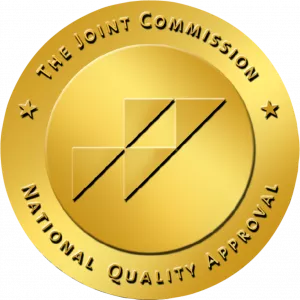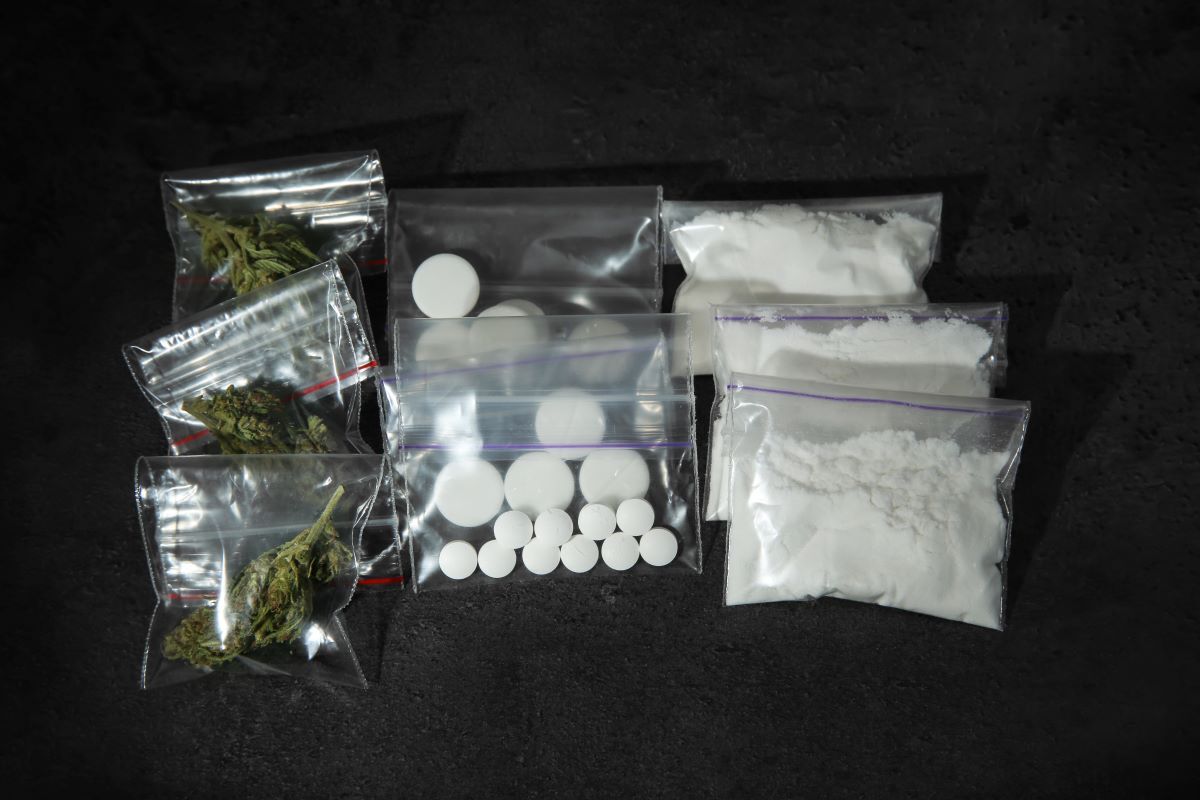Mixing MDMA and cocaine is not recommended since it can result in dangerous consequences. This is because mixing MDMA with coke affects neurotransmitter levels in the brain, but each substance does so in different ways. Cocaine boosts dopamine levels, while MDMA boosts serotonin, dopamine, and norepinephrine levels in the brain.
Both cocaine and MDMA can increase heart rate and blood pressure, and mixing them can lead to dangerous combined effects - potentially leading to a heart attack, stroke, seizures or overdose.
MDMA boosts serotonin levels, so combining it with cocaine, another serotonin booster, can lead to a dangerous condition called serotonin syndrome. Symptoms of serotonin syndrome include:
- Irritability
- Confusion
- Increased heart rate
- High blood pressure
- Muscle twitching
- Sweating
Serotonin syndrome can be deadly if not treated right away. If you or a loved one mix ecstasy and cocaine to cope with daily life, reach out to us at Avenues Recovery so we can guide you on your path to recovery.
What Are the Short-Term Effects of Mixing Ecstasy and Cocaine?
When ecstasy (MDMA) and cocaine are mixed, they can have several dangerous short-term effects on the body and mind. These include:
- Increased Heart Rate and Blood Pressure: Both drugs can raise heart rate and blood pressure. When combined, they place extra strain on the cardiovascular system, potentially leading to heart problems or even heart failure, especially in individuals with pre-existing health problems.
- High Body Temperature: Both ecstasy and cocaine can increase body temperature. When taken together, this effect can be more pronounced, leading to an increased risk of hyperthermia (extreme overheating), which can be life-threatening.
- Increased Irritability and Anxiety: Mixing ecstasy and cocaine can worsen feelings of irritability, nervousness, and anxiety. This can lead to a higher risk of panic attacks or other mental health issues, particularly in those prone to anxiety disorders.
- Risk of Seizures: Both ecstasy and cocaine can make a person more likely to have a seizure. When taken together, the risk of experiencing a seizure is increased, especially at higher doses.
- Dehydration: Stimulants like ecstasy and cocaine can cause increased sweating and reduced awareness of thirst, easily leading to dehydration. This can further contribute to the risk of overheating and other serious complications.
- Sleeping Problems and Restlessness: The stimulating effects of both of these drugs can disrupt normal sleep patterns, leading to insomnia and prolonged periods of wakefulness.
- Comedown Effects: After the initial effects of ecstasy and cocaine wear off, users may experience a severe comedown (crash) characterized by depression, fatigue, and an overall feeling of discomfort.
- Increased Risk-Taking Behavior: Both drugs can lower inhibitions and increase impulsivity, leading to risky and potentially harmful behaviors.
- Psychological Effects: The combination of ecstasy and cocaine can have intense psychological effects, including hallucinations (seeing things that aren’t there), paranoia, and confusion.
What Are the Long-Term Effects of Mixing Ecstasy and Cocaine?
Aside from short-term effects, mixing ecstasy and cocaine carries a number of risks in the long term. Long-term effects of mixing ecstasy and cocaine include:
- Cardiovascular Effects: Just as with the short-term effects of mixing ecstasy and cocaine, long-term effects can include increased heart rate and blood pressure. Mixing the two substances can further intensify these effects, potentially leading to heart palpitations, chest pain, and even a heart attack.
- Neurological Effects: MDMA affects the brain's serotonin system, while cocaine affects dopamine levels. Mixing these drugs can disrupt the balance of these neurotransmitters, leading to mood disorders like depression and anxiety.
- Kidney and Liver Damage: Both drugs are metabolized in the liver, and their combination can increase the risk of liver damage. The combination can also lead to kidney problems, especially when used frequently or in large doses.
- Brain Damage: Using ecstasy and cocaine long-term can destroy brain cells and tissue, which can impact decision-making abilities and overall cognitive function.
- Overdose: Mixing ecstasy and cocaine increases the risk of fatal overdose. Symptoms of overdose include seizures, hyperthermia (extremely elevated body temperature), and cardiovascular collapse, which can be life-threatening.
- Addiction: Both ecstasy and cocaine are highly addictive substances. Using them together increases the risk of developing a substance use disorder.
- Other Health Risks: Mixing these drugs can also increase the risk of dehydration, heat stroke (especially when used in a hot environment like a club), and risky behaviors that can lead to injury or harm.
Molly vs. Coke
The table below compares many important characteristics of ecstasy vs. cocaine.
|
Aspect |
MDMA (Molly/Ecstasy) |
Cocaine (Coke) |
|
Chemical Class |
Amphetamine derivative |
Stimulant |
|
Street Names |
Molly, Ecstasy, E, X, Adam |
Coke, Blow, Snow, Powder |
|
Form |
Usually in pill or powder form |
Usually in powder form (cocaine hydrochloride) or as crack cocaine (smokable form) |
|
Administration |
Typically ingested or snorted |
|
|
Mechanism of Action |
Boosts serotonin, dopamine, and norepinephrine levels in the brain |
Boosts dopamine levels in the brain |
|
Effects |
Euphoria, increased empathy, enhanced sensory perception, increased energy |
Euphoria, increased energy, alertness, decreased appetite |
|
Duration of Effects |
3-6 hours |
15-30 minutes (snorted), shorter for crack cocaine |
|
Risks |
Dehydration, overheating, serotonin syndrome, mood disorders, addiction |
Cardiovascular issues, stroke, seizures, addiction |
|
Legal Status |
Illegal in most countries, Schedule I substance in the U.S. |
Illegal in most countries, Schedule II substance in the U.S. |
|
Medical Use |
Limited research for PTSD and other conditions |
Local anesthesia (cocaine hydrochloride) |
Why Do People Start Mixing Coke with MDMA?
You may be thinking “Can you mix coke and Molly?” One reason some people mix these drugs is to experience their combined effect. MDMA is known for its euphoric and empathogenic effects, often described as increasing feelings of empathy, emotional warmth, and pleasure. Cocaine, on the other hand, is a stimulant which can increase energy, alertness, and feelings of confidence.
Some users mix cocaine and molly to try and balance their effects for an ideal experience. For example, they might use cocaine to counteract the sedative effects of MDMA or to prolong the euphoric effects of MDMA.
It's crucial to understand that mixing ecstasy and cocaine is unsafe and can have serious consequences. If you or someone you know is struggling with substance use, it's important to seek help from a healthcare professional or a substance abuse treatment center.
Symptoms of a Combined Ecstasy and Coke Overdose
Some symptoms of a combined ecstasy and cocaine overdose may include:
- Increased heart rate and blood pressure
- Hyperthermia (elevated body temperature)
- Confusion and agitation
- Seizures
- Muscle rigidity
- Cardiovascular problems
- Respiratory distress
- Unconsciousness
What To Do if Someone Is Overdosing on Ecstasy and Cocaine
If you think someone may be experiencing an overdose from ecstasy and cocaine, call 911 immediately. Turn the person on to their side so that they do not aspirate (choke on themselves) in the event that they vomit. Remain with the person until emergency services arrive and inform the paramedics what, when, and how much the person ingested so that they can provide the appropriate treatment.
What Is the Treatment for Polysubstance Abuse?
The first step in treating polysubstance abuse is to manage withdrawal symptoms through medically supervised detoxification at a rehab center such as Avenues Recovery Center. This process may involve medications to help manage withdrawal and reduce cravings. Cognitive-behavioral therapy (CBT) and other types of individual therapy can help people understand the underlying reasons for their substance abuse and develop coping strategies to avoid relapse.
Group therapy can provide peer support and encouragement and a sense of community among individuals in recovery. Involving family members in therapy can help improve family dynamics and provide support for both the individual in treatment and their loved ones.
Learning about addiction and developing important life skills, such as stress management and problem-solving, can help people stay sober. Creating a plan to identify triggers and cope with cravings can help prevent relapse. Planning for ongoing support after treatment, such as through support groups or continued therapy, can help maintain recovery.
MDMA and Cocaine Addiction Treatment at Avenues Recovery
If you or a loved one struggle with abuse to more than one substance, reach out to us at Avenues Recovery so we can guide you on your road to recovery. Our dedicated team has helped over 40,000 individuals reach sobriety and they can help you too. Recovery is possible and at Avenues we will support you every step of the way. Contact us today to join our vibrant recovery community and to begin your journey to the addiction- free future you deserve.



